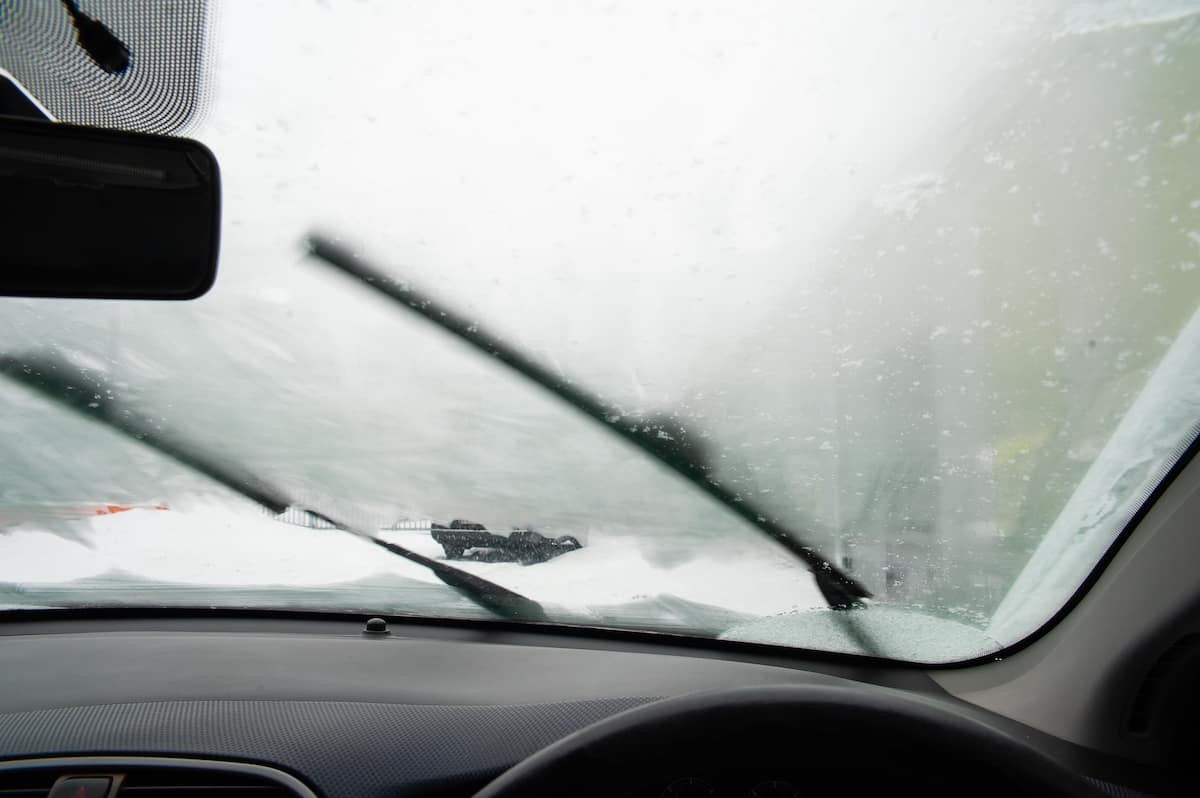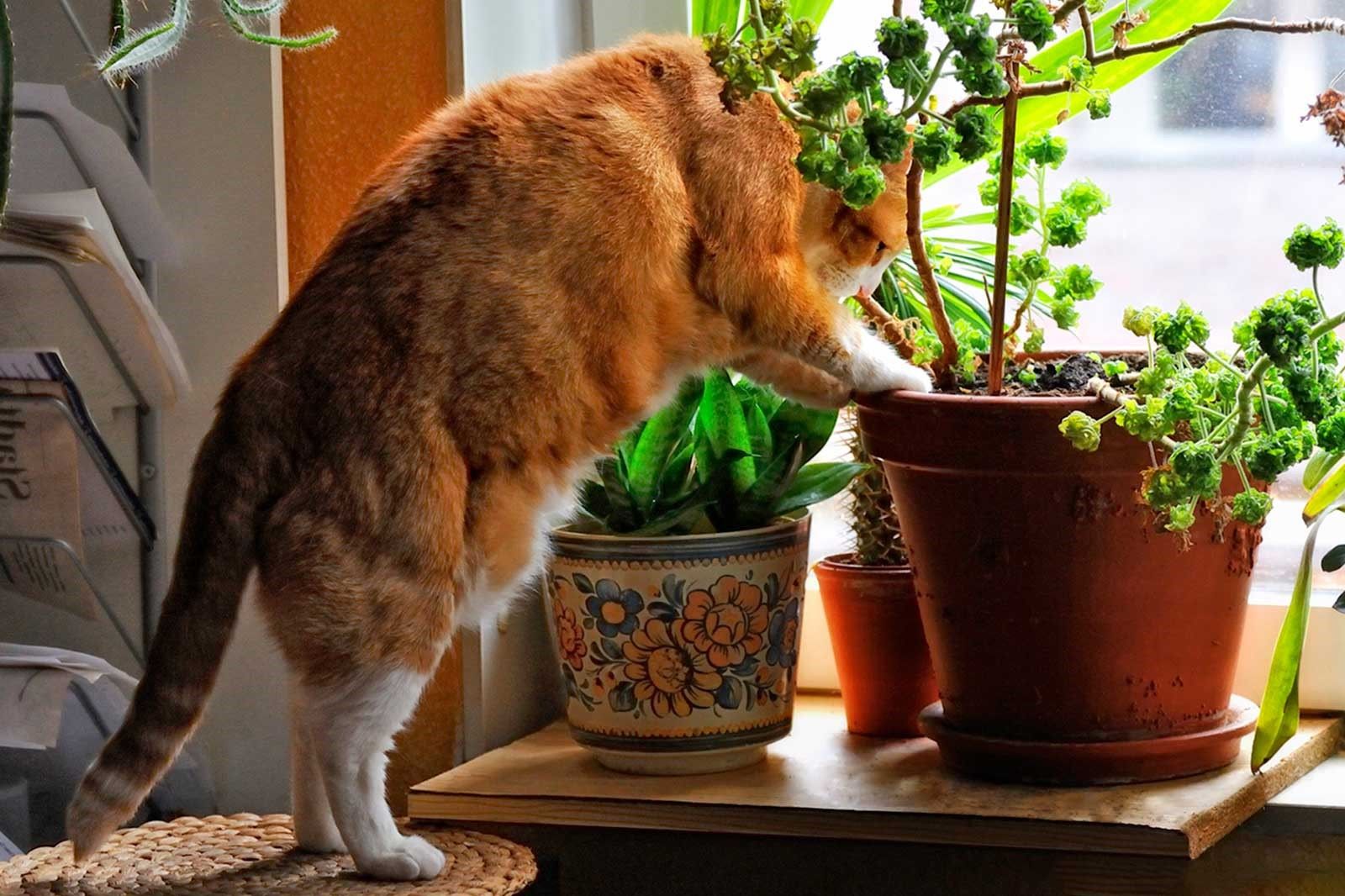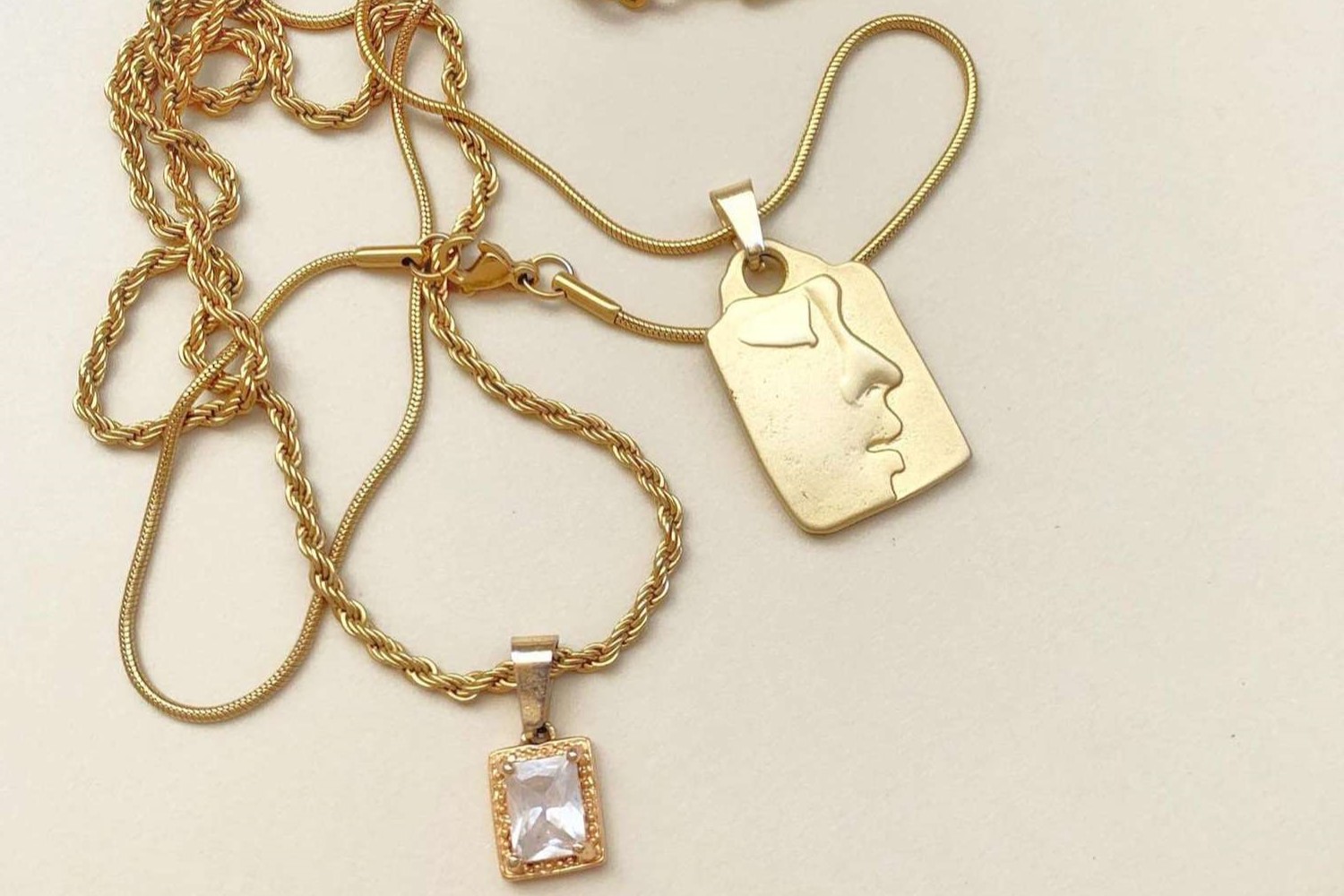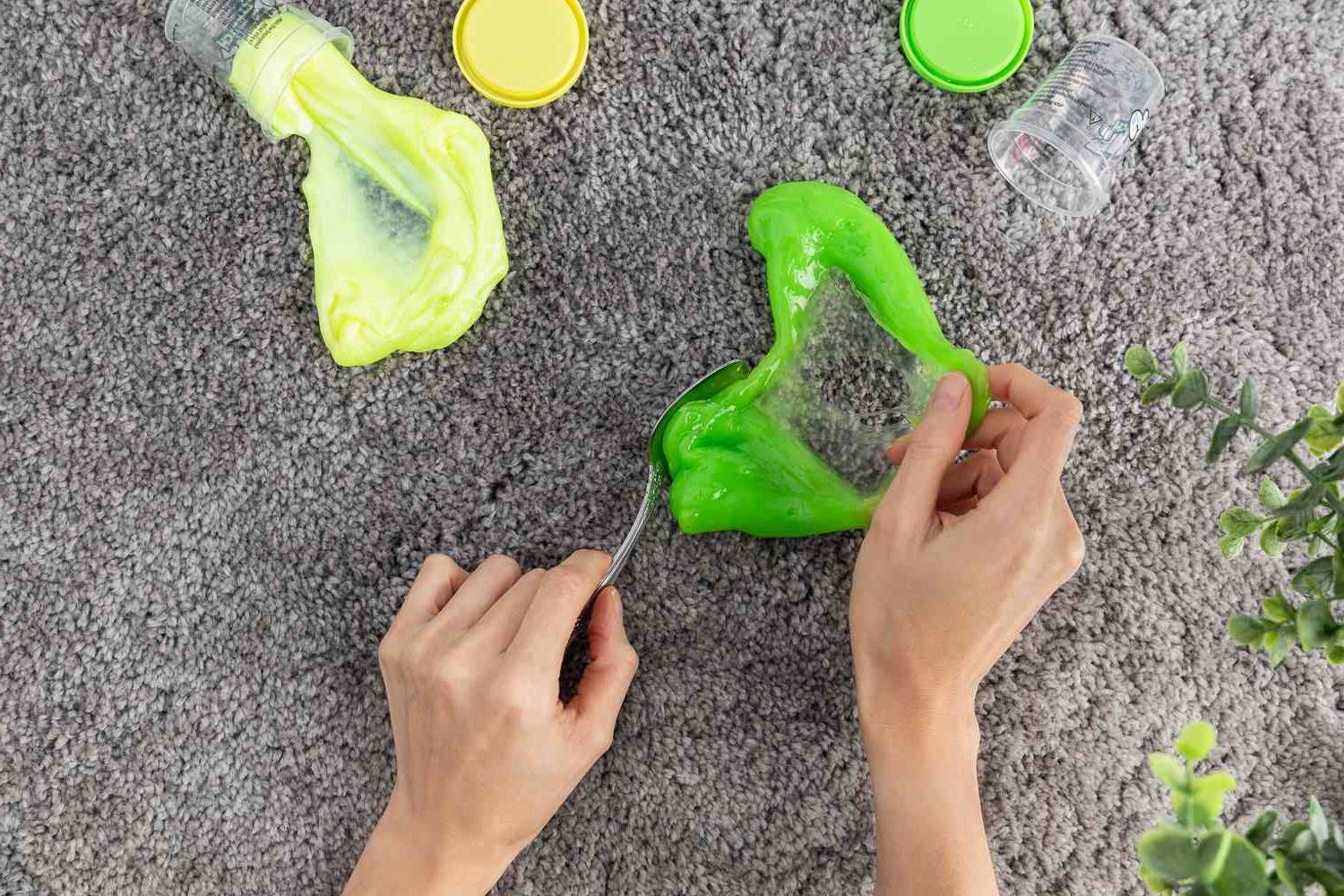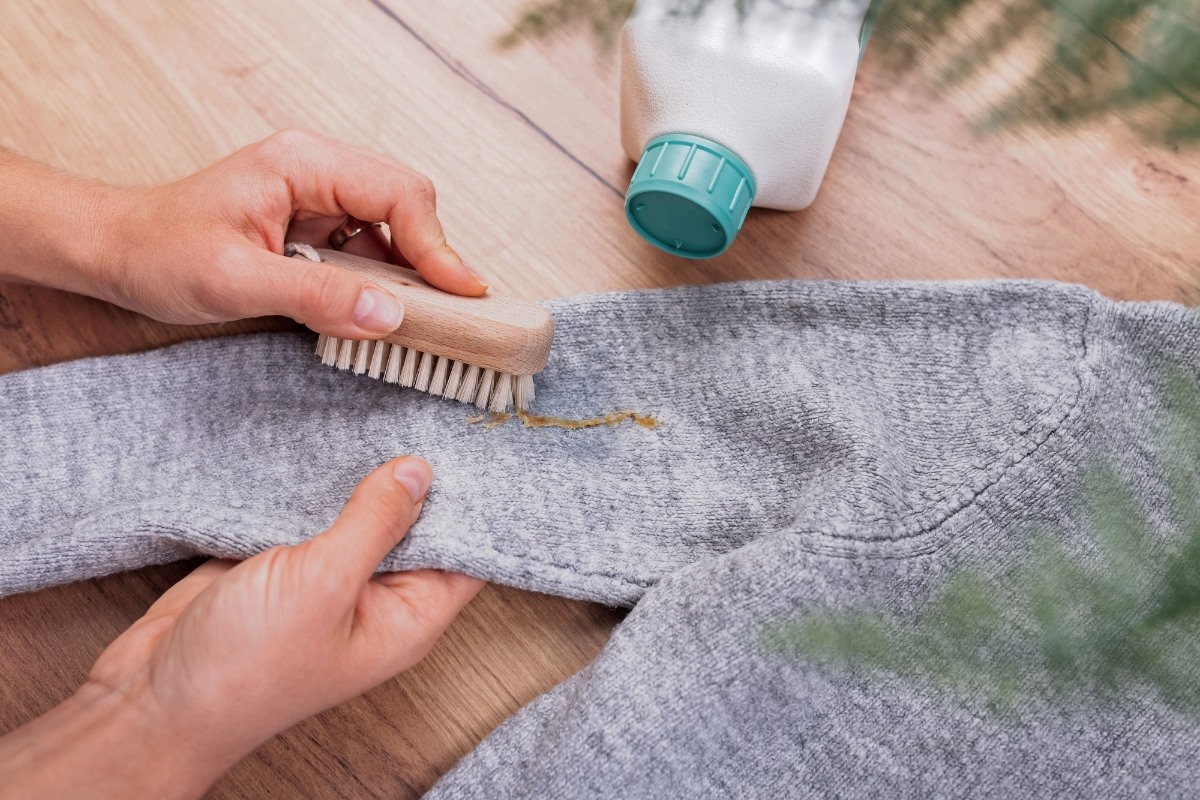Home>Pets & Animals>How To Keep Mice Out Of Camper
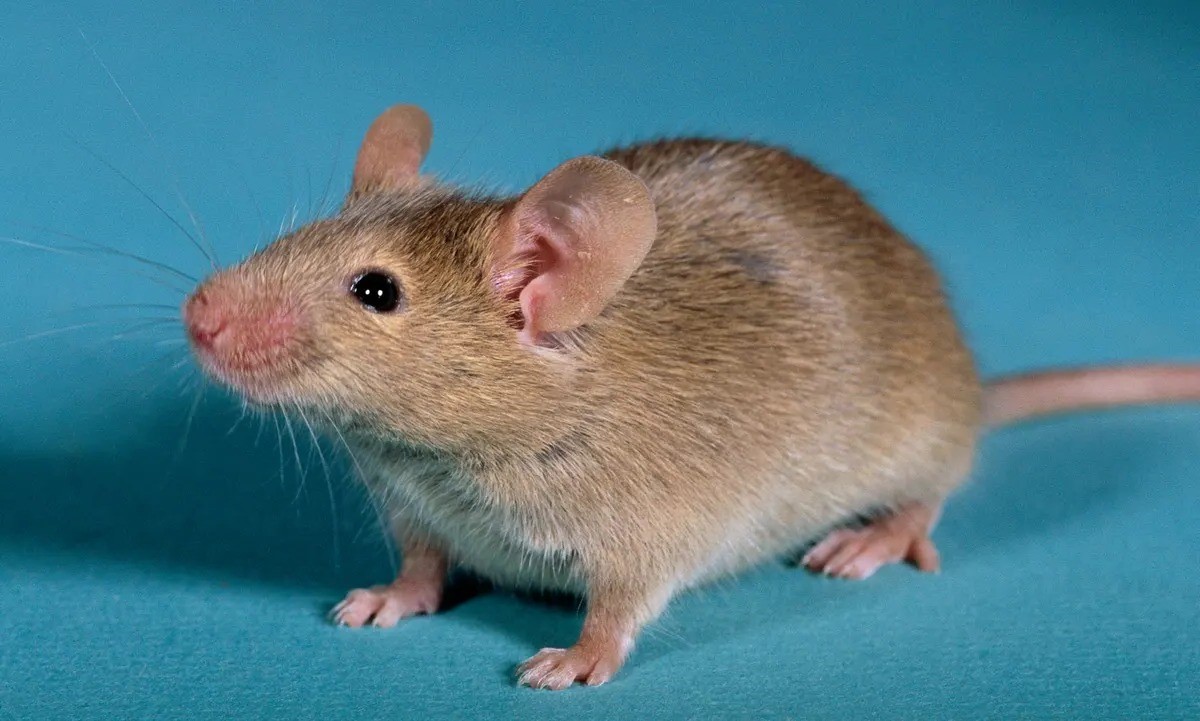

Pets & Animals
How To Keep Mice Out Of Camper
Published: March 7, 2024
Learn effective methods to keep mice out of your camper and protect your pets and animals from potential infestations. Keep your camper rodent-free with these expert tips.
(Many of the links in this article redirect to a specific reviewed product. Your purchase of these products through affiliate links helps to generate commission for Noodls.com, at no extra cost. Learn more)
Table of Contents
Introduction
When it comes to enjoying the great outdoors, few experiences compare to the freedom and adventure of camping. Whether you prefer the rugged terrain of the mountains or the serene beauty of lakeside retreats, camping allows you to immerse yourself in nature and create lasting memories. However, one unwelcome guest that can quickly put a damper on your outdoor escapades is the common house mouse. These tiny yet persistent creatures have a knack for finding their way into campers, where they can wreak havoc and create a nuisance for campers.
In this comprehensive guide, we will explore effective strategies to keep mice out of your camper, ensuring that your outdoor adventures remain enjoyable and stress-free. By understanding the behavior of mice, identifying common entry points in campers, and implementing practical prevention and control measures, you can safeguard your camper from unwanted rodent intrusions. From sealing off entry points to using natural repellents and setting traps, we will cover a range of proactive approaches to address this common camping challenge.
So, whether you're a seasoned outdoor enthusiast or a novice camper, this guide will equip you with the knowledge and tools to protect your camper from mice and preserve the tranquility of your outdoor retreats. Let's embark on this journey to create a mouse-free camping environment and ensure that your next outdoor adventure is filled with joy, relaxation, and cherished moments amidst the beauty of nature.
Read more: How To Winterize A Camper
Understanding the Behavior of Mice
Mice are highly adaptable creatures with a remarkable ability to thrive in various environments, including campers. Understanding their behavior is crucial in developing effective strategies to keep them out of your camper. These small rodents are naturally curious and possess excellent climbing and jumping abilities, allowing them to access even the most seemingly inaccessible spaces. Additionally, mice are nocturnal creatures, preferring to forage and explore during the cover of darkness. This behavior often leads them to seek shelter in campers, where they can find warmth, food, and nesting materials.
Mice are also prolific breeders, with the ability to reproduce rapidly under favorable conditions. A single female mouse can give birth to several litters in a year, each containing multiple offspring. This high reproductive rate contributes to the persistent presence of mice in outdoor settings, making it essential to address potential entry points and eliminate attractants to deter them from taking up residence in your camper.
Furthermore, mice possess a keen sense of smell and use it to navigate their surroundings and locate sources of food and shelter. Their ability to detect even the faintest odors makes it imperative to maintain a clean and well-sealed camper to minimize the risk of attracting these unwelcome visitors.
By gaining insight into the behavior of mice, campers can proactively implement measures to disrupt their access, remove attractants, and create an environment that is inhospitable to these rodents. This understanding serves as the foundation for developing a comprehensive approach to mouse prevention and control, ensuring that your camper remains a sanctuary free from unwanted rodent intrusions.
Identifying Common Entry Points in Campers
When it comes to keeping mice out of your camper, identifying and addressing potential entry points is a critical first step in rodent prevention. Mice are adept at squeezing through small openings and exploiting vulnerabilities in camper structures, making it essential to conduct a thorough inspection to pinpoint these access points.
-
Exterior Openings: Begin by examining the exterior of your camper for any gaps, cracks, or openings that could serve as entry points for mice. Common areas of concern include gaps around utility hookups, vents, and exterior storage compartments. Ensure that these areas are properly sealed to prevent mice from gaining access to the interior of your camper.
-
Undercarriage and Wheel Wells: Mice can enter campers through openings in the undercarriage and wheel wells. Inspect these areas for any gaps or openings and seal them with durable materials to prevent rodent intrusion.
-
Utility Entry Points: Check for gaps around utility entry points, such as electrical and plumbing connections. Seal any openings with weather-resistant materials to prevent mice from entering through these vulnerable areas.
-
Doors and Windows: Inspect the seals and frames of doors and windows for any signs of wear or damage. Mice can exploit even the smallest gaps around these entry points. Replace worn seals and repair damaged frames to create a tight barrier against rodent entry.
-
Interior Vents and Ducts: Mice can navigate through interior vents and ducts, using them as pathways to access different areas of the camper. Install mesh screens over vents and inspect ductwork for any gaps or openings that require sealing.
-
Interior Cavities and Storage Compartments: Conduct a thorough inspection of interior cavities, storage compartments, and access panels. Mice can easily find their way into these spaces if they are not properly sealed. Use durable materials to close off any openings and prevent rodent access.
By meticulously identifying and addressing these common entry points, campers can significantly reduce the likelihood of mice infiltrating their living spaces. Taking proactive measures to seal off these vulnerabilities fortifies the camper against rodent intrusion, creating a secure and mouse-free environment for outdoor enthusiasts to enjoy.
Sealing Off Entry Points
Effectively sealing off entry points in your camper is a fundamental step in preventing mice from infiltrating your living space. Mice are remarkably adept at squeezing through small openings and exploiting vulnerabilities in camper structures, making it essential to conduct a thorough inspection to pinpoint these access points. By meticulously identifying and addressing these common entry points, campers can significantly reduce the likelihood of mice infiltrating their living spaces.
-
Exterior Openings: Begin by examining the exterior of your camper for any gaps, cracks, or openings that could serve as entry points for mice. Common areas of concern include gaps around utility hookups, vents, and exterior storage compartments. Ensure that these areas are properly sealed to prevent mice from gaining access to the interior of your camper.
-
Undercarriage and Wheel Wells: Mice can enter campers through openings in the undercarriage and wheel wells. Inspect these areas for any gaps or openings and seal them with durable materials to prevent rodent intrusion.
-
Utility Entry Points: Check for gaps around utility entry points, such as electrical and plumbing connections. Seal any openings with weather-resistant materials to prevent mice from entering through these vulnerable areas.
-
Doors and Windows: Inspect the seals and frames of doors and windows for any signs of wear or damage. Mice can exploit even the smallest gaps around these entry points. Replace worn seals and repair damaged frames to create a tight barrier against rodent entry.
-
Interior Vents and Ducts: Mice can navigate through interior vents and ducts, using them as pathways to access different areas of the camper. Install mesh screens over vents and inspect ductwork for any gaps or openings that require sealing.
-
Interior Cavities and Storage Compartments: Conduct a thorough inspection of interior cavities, storage compartments, and access panels. Mice can easily find their way into these spaces if they are not properly sealed. Use durable materials to close off any openings and prevent rodent access.
By addressing these potential entry points, campers can fortify their living spaces against rodent intrusion, creating a secure and mouse-free environment for outdoor enthusiasts to enjoy. Taking proactive measures to seal off these vulnerabilities is essential in safeguarding your camper and ensuring a peaceful and pest-free camping experience.
Keeping Food and Trash Secure
Ensuring that food and trash are properly secured is paramount in deterring mice from infiltrating your camper. Mice are highly attracted to food sources and can quickly become a nuisance if they find access to unsecured provisions. Implementing effective measures to keep food and trash secure not only minimizes the risk of attracting mice but also promotes a hygienic and organized camping environment.
Food Storage:
Properly storing food is essential for preventing mice from being lured into your camper. Utilize airtight containers to store dry goods, snacks, and other food items. This not only helps in preserving the freshness of the food but also creates a barrier that deters mice from accessing their coveted food sources. Additionally, consider storing food in elevated locations or sealed cabinets to further reduce the risk of rodent intrusion.
Trash Disposal:
Dispose of trash promptly and responsibly to prevent it from becoming a potential attractant for mice. Seal trash bags securely and promptly remove them from the camper to an appropriate disposal site. Avoid leaving trash bags outside the camper for extended periods, as this can entice rodents and other wildlife. By maintaining a clean and clutter-free camping environment, you can effectively minimize the likelihood of mice being drawn to your camper in search of food and shelter.
Pet Food Management:
If you are traveling with pets, it's crucial to manage their food effectively to prevent it from becoming a magnet for mice. Store pet food in sealed containers and refrain from leaving it out in the open. After feeding your pets, promptly clean up any spilled food to eliminate potential attractants for rodents. By managing pet food conscientiously, you can significantly reduce the risk of mice being enticed into your camper.
Regular Inspection:
Regularly inspect the interior and exterior of your camper for any signs of food crumbs, spills, or improperly stored provisions. Address any instances of food spillage promptly and ensure that all food items are securely stored. By maintaining vigilance and promptly addressing any food-related issues, you can create an environment that is less appealing to mice, thereby reducing the likelihood of rodent infestations.
By implementing these proactive measures to keep food and trash secure, campers can effectively minimize the risk of attracting mice and other pests. This not only contributes to a more enjoyable and stress-free camping experience but also promotes a clean and organized living space that is conducive to relaxation and outdoor enjoyment.
Using Natural Repellents
Incorporating natural repellents into your camper maintenance routine can serve as a proactive and environmentally friendly approach to deterring mice. Natural repellents harness the power of scents and substances that are unappealing to rodents, creating an inhospitable environment that discourages their presence. By integrating these repellents into your camper care regimen, you can effectively minimize the risk of mice infiltrating your living space without resorting to harsh chemicals or synthetic deterrents.
Peppermint Oil:
Peppermint oil is renowned for its potent scent, which is highly displeasing to mice. By placing cotton balls soaked in peppermint oil in strategic locations within your camper, such as near entry points and potential nesting areas, you can create a barrier that deters mice from venturing into your living space. Additionally, peppermint oil can be diluted with water and used to create a natural spray that can be applied to areas susceptible to rodent activity, further enhancing the repellent effect.
Natural Herbal Sachets:
Utilizing sachets filled with aromatic herbs such as lavender, rosemary, and thyme can help repel mice due to their strong and unappealing scents. These sachets can be strategically placed in cabinets, storage compartments, and other areas susceptible to rodent intrusion. The potent herbal aromas act as a natural deterrent, discouraging mice from exploring these spaces and seeking shelter within your camper.
Citrus-Based Solutions:
The strong citrus scent of lemon, lime, and orange is known to repel mice effectively. By utilizing citrus essential oils or creating citrus-infused sprays, you can establish a natural barrier against rodent activity. Apply these solutions to surfaces and areas where mice are likely to access, such as around entry points and along potential pathways. The lingering citrus aroma serves as a powerful deterrent, contributing to a less inviting environment for mice.
Read more: How To Keep Bees Away
Vinegar and Water Spray:
A solution of vinegar and water can serve as an effective natural repellent against mice. The pungent odor of vinegar is highly unappealing to rodents, making it an excellent choice for creating a deterrent spray. By applying this solution to areas prone to rodent activity, you can discourage mice from exploring and nesting within your camper. Additionally, vinegar can be used to clean surfaces, effectively removing scent trails left by mice and deterring their return.
By incorporating these natural repellents into your camper maintenance routine, you can create an environment that is less inviting to mice, thereby reducing the likelihood of rodent intrusions. These natural solutions not only serve as effective deterrents but also contribute to a camper environment that is free from harsh chemicals, promoting a more sustainable and eco-friendly approach to pest management.
Setting Traps and Using Baits
Setting traps and using baits is a proactive and targeted approach to addressing mice infestations in campers. When implemented strategically, traps and baits can effectively reduce the rodent population and prevent further intrusions, creating a more secure and pest-free living environment.
Selecting the Right Traps:
Choosing the appropriate traps is crucial for successful rodent control. Snap traps, electronic traps, and live traps are common options for capturing mice. Snap traps are designed to swiftly and humanely eliminate rodents, while electronic traps deliver a quick and efficient method of extermination. Live traps offer a non-lethal alternative, allowing for the capture and release of mice away from the camper.
Placement and Strategic Positioning:
Proper placement of traps is essential for maximizing their effectiveness. Identify areas of high rodent activity, such as near food storage areas, entry points, and nesting sites. Place traps along walls and in secluded spaces where mice are likely to travel, ensuring that they are out of reach of children and pets.
Read more: How To Keep Screen On IPhone
Choosing Effective Baits:
Selecting suitable baits is critical for attracting mice to the traps. Peanut butter, chocolate, and dried fruits are popular choices due to their strong scents and appealing flavors. Apply a small amount of bait to the trigger mechanism of the trap, enticing mice to approach and trigger the trap.
Regular Monitoring and Maintenance:
Consistent monitoring of traps is essential for evaluating their efficacy and making adjustments as needed. Check traps regularly and replace baits as necessary to maintain their attractiveness. Additionally, promptly remove any captured rodents to prevent odor and contamination within the camper.
Using Caution and Safety Measures:
When setting traps, prioritize safety by handling them carefully and avoiding direct contact with baits. Position traps in areas inaccessible to children and pets, and use protective gloves when handling traps and disposing of captured rodents.
Implementing a Comprehensive Approach:
Combining traps and baits with other preventive measures, such as sealing entry points and maintaining a clean environment, enhances the overall effectiveness of rodent control. By integrating these strategies, campers can create a multi-faceted approach to mouse prevention and management.
By incorporating these strategies, campers can effectively address mouse infestations and safeguard their living spaces from rodent intrusions. Setting traps and using baits in a targeted and strategic manner contributes to a more secure and pest-free camping environment, allowing outdoor enthusiasts to enjoy their adventures without the unwelcome presence of mice.
Read more: How To Keep Curly Hair From Frizzing
Regular Cleaning and Maintenance
Regular cleaning and maintenance play a pivotal role in creating an environment that is unappealing to mice and minimizing the risk of rodent infestations in campers. By implementing a consistent cleaning regimen and conducting proactive maintenance, campers can effectively deter mice and maintain a hygienic and pest-free living space.
Cleaning Practices:
Thoroughly cleaning the interior of the camper is essential for removing food residues, eliminating odors, and disrupting scent trails that may attract mice. Regularly sweep and vacuum the floors to remove crumbs and food particles, paying particular attention to areas near food storage and preparation areas. Wipe down countertops, tables, and surfaces to remove spills and residues that could entice rodents. Additionally, promptly clean up any pet food spills and ensure that pet feeding areas are kept tidy to minimize attractants for mice.
Storage Organization:
Maintaining a well-organized and clutter-free storage system is crucial for minimizing potential nesting sites and hiding places for mice. Store belongings in sealed containers and secure storage compartments to prevent rodents from accessing and nesting within these spaces. Regularly inspect storage areas and remove any unnecessary clutter or debris that could provide hiding spots for rodents.
Exterior Maintenance:
Conducting routine exterior maintenance is equally important in preventing rodent intrusions. Keep the surrounding outdoor area clean and free from debris, as cluttered and unkempt surroundings can attract rodents. Additionally, trim vegetation and foliage near the camper to reduce potential hiding places for mice and eliminate easy access points to the camper's exterior.
Read more: What Happens If You Skip Jury Duty In California? Find Out How Long They Can Keep You On The Hook!
Inspection and Repairs:
Regularly inspect the camper for any signs of wear, damage, or potential entry points for rodents. Address any gaps, cracks, or openings promptly, using durable materials to seal off these vulnerabilities. Repair damaged screens, vents, and seals to prevent rodents from gaining access to the interior of the camper. By conducting proactive inspections and repairs, campers can fortify their living spaces against rodent intrusion.
Hygiene Practices:
Maintaining personal and pet hygiene is essential for minimizing attractants for mice. Store personal hygiene items in sealed containers and ensure that pet grooming and waste disposal are managed responsibly. By upholding good hygiene practices, campers can create an environment that is less appealing to rodents, reducing the likelihood of infestations.
By integrating regular cleaning and maintenance practices into their camper care routine, outdoor enthusiasts can create a living space that is uninviting to mice and other pests. This proactive approach not only contributes to a pest-free environment but also promotes a clean, organized, and enjoyable camping experience.
Conclusion
In conclusion, safeguarding your camper from mice is essential for maintaining a peaceful and enjoyable outdoor experience. By understanding the behavior of mice and implementing proactive prevention and control measures, campers can create a secure and pest-free living environment. Identifying and sealing off common entry points, securing food and trash, using natural repellents, setting traps and baits, and maintaining regular cleaning and maintenance practices are integral components of an effective mouse prevention strategy.
By addressing potential entry points and fortifying the camper against rodent intrusion, outdoor enthusiasts can significantly reduce the likelihood of mice infiltrating their living spaces. Securing food and trash not only minimizes the risk of attracting mice but also promotes a hygienic and organized camping environment. Integrating natural repellents into the camper care regimen serves as an environmentally friendly approach to deterring mice, contributing to a more sustainable and eco-friendly pest management strategy.
Furthermore, setting traps and using baits in a targeted and strategic manner enhances the overall effectiveness of rodent control, creating a more secure and pest-free camping environment. Regular cleaning and maintenance practices play a pivotal role in creating an environment that is unappealing to mice and minimizing the risk of rodent infestations in campers. By integrating these comprehensive strategies, campers can effectively deter mice and maintain a hygienic and pest-free living space.
Ultimately, by implementing these proactive measures, outdoor enthusiasts can protect their camper from unwanted rodent intrusions and ensure that their outdoor adventures are filled with joy, relaxation, and cherished moments amidst the beauty of nature. Embracing a holistic approach to mouse prevention and control not only enhances the quality of the camping experience but also contributes to the preservation of a clean, organized, and pest-free living space. With these strategies in place, campers can embark on their outdoor escapades with confidence, knowing that their camper is safeguarded against the persistent and unwelcome presence of mice.
